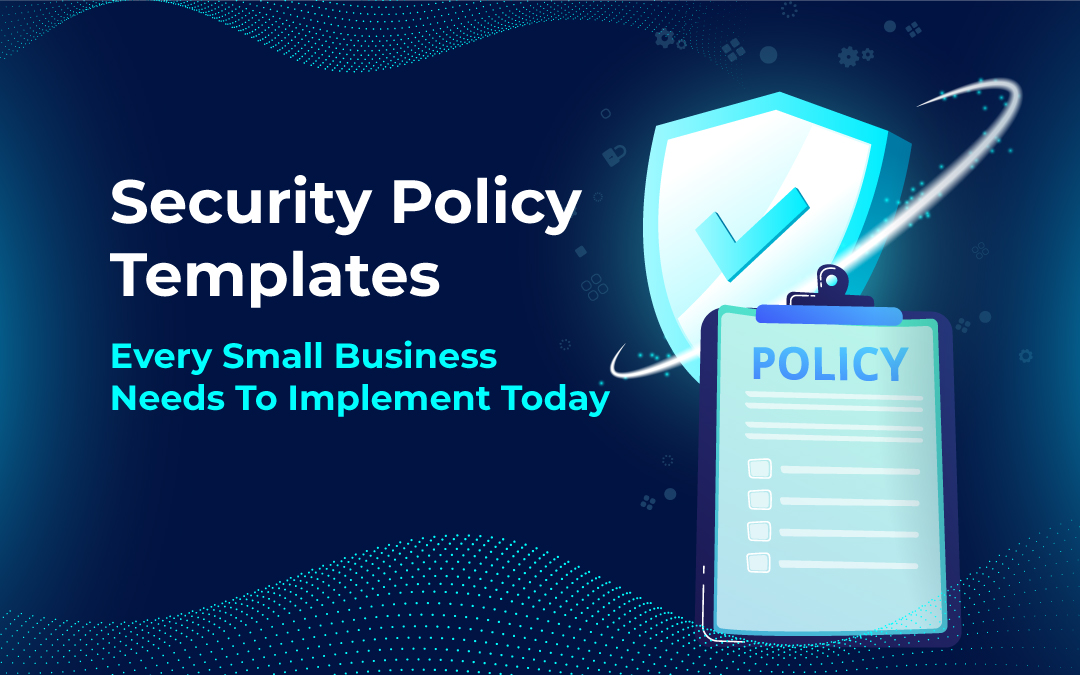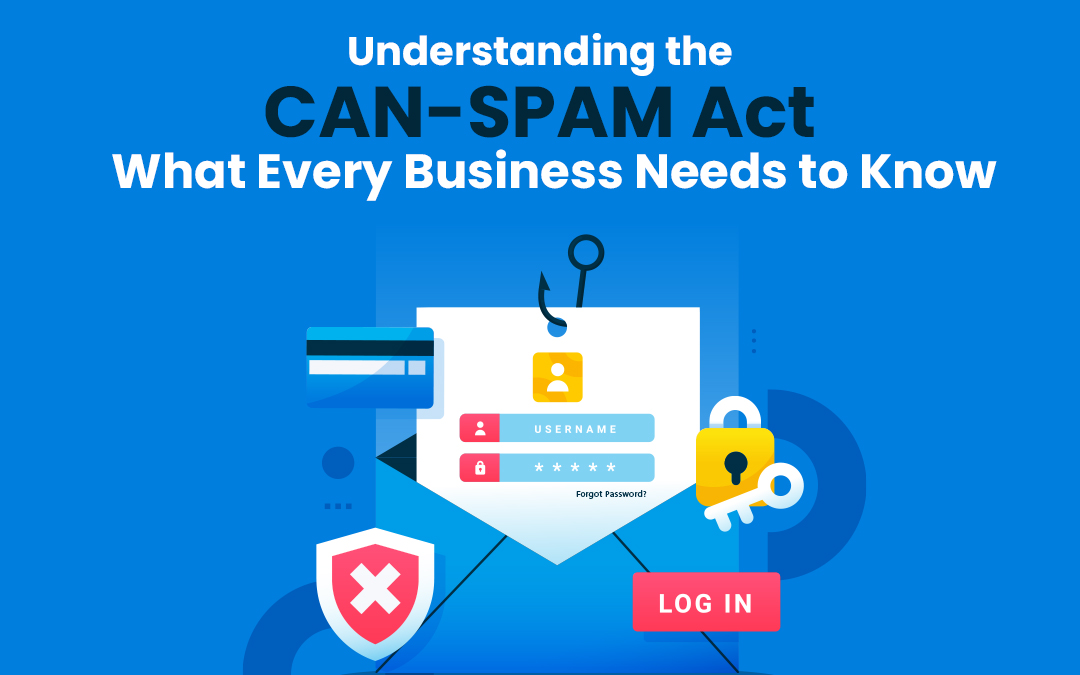
Businesses invest significant time and effort in managing security concerns. They must establish and maintain security policies and frameworks, as well as be prepared to respond to security incidents. These measures are essential for ensuring compliance and protecting your company.
The process of attaining maximum organizational security involves using policy templates. These are the documents where you outline all guidelines. These templates cover compliance, data protection, access control, and incident response. Here are six detailed, helpful, and consistent examples of these templates.
1. Acceptable Use Policy
Organizational security leaks often happen because people sometimes misuse technology and systems. Organizations without clear rules for using these resources are at greater risk. Security policy templates show contractors and employees the right way to use company networks, computers, and the Internet.
Utilize easy-to-modify templates to ensure you can change the regulations to fit your company's needs. These templates help protect companies from losing work time, having data stolen, and facing legal problems. They ensure users know what to do and what happens if they break the rules.
Your contractors and employees should understand which software they can use, which websites they can visit, and what confidential information they can share. They should also know how to use company resources properly.
2. Information Security Policy

All companies want to keep their information safe from bad guys. They train their workers and partners to follow rules that keep the information secure.
They use well-defined plans to ensure everyone knows how to respond if something unexpected happens, how to keep information safe, and who can access it.
That helps keep the business safe from getting in trouble, losing money, or hurting its reputation. Your organization can streamline security policy deployment with templates. These are reliable documents where you outline the guidelines that people in your company have to observe.
3. Antivirus Guidelines
Viruses can hurt your company's computers. Antivirus regulations provide the blueprint to avert these threats. Companies use templates to outline the best antivirus handling practices. They include the best ways to install antivirus software. Also, users know how to protect digital assets from bad guys.
Antivirus guidelines protect your company from unauthorized guys. You can prevent data loss and system downtimes. Use these templates to outline guidelines on when and how to update antivirus software. Additionally, you know how to monitor and block threats to your IT infrastructure. That is integral for maximizing security standards in your business. They ensure that computers, laptops, and phones are safe from virus attacks.
4. Password Policy

Organizations have rules for making and changing passwords. You can write these rules down in regulatory documents. They inform users of proper ways to create and modify passwords. As you know, cybercriminals need your passwords to access and manipulate sensitive data.
You can decide how long passwords should be if they need capital & small letters, special characters, and numbers. Organizations use these guidelines to prevent theft and protect their data.
Use modifiable templates to outline guidelines for keeping passwords secure. You can outline instructions on how often to change your company passwords.
5. Mobile Device Policy
Is your company encountering threats of improper mobile device use? Employees and contractors might use devices in the wrong situations. You can implement mobile device policy templates.
These provide standards to adhere to when addressing security threats. These challenges arise from mobile device use.
These standards enlighten users on proper device handling. You will learn about device configuration, security, and use. The policies define minimal mobile device use standards.
Templates offer guidelines on device registration and encryption. Additionally, they include antivirus handling. You want to define websites that are safe to access.
6. Patch Management Policy

Organizational computing apps and systems are prone to security flaws. These vulnerabilities lay the foundation for malicious software development and propagation. These end up disrupting normal business operations. They increase the risk potential.
Software patches are integral for mitigating risks. Your company needs them to aid in the removal of security vulnerabilities.
Patch management policies are monumental security documents. They outline the responsibilities and procedures for managing organizational software patches. The policy provides guidelines for effective device, system, and application updates. You can use these patches to reduce vulnerabilities.
Timely patches thwart attempts by malicious actors. They prevent the creation and propagation of security flaws.
You want well-defined regulations to guide your teams into proper system patching. It is a sustainable approach to prevent disruption in company operations. Patch management policies provide standards for identifying, testing, and deploying updates.
These regulations guide stakeholders on effective strategies for software and app updates. They include protocols on which patches to address and when. The policy outlines each IT staff's responsibilities in managing patching processes.
Wrapping Up
Small businesses often encounter many IT problems. Dealing with these problems requires a sustainable approach. You deserve security rules and guidelines. Use security templates to outline these strategies and standards.
That offers a foundation for handling security threats. They explain the rules for effective device use. These templates provide guidelines for protecting company data. You can outline standards for managing updates, using passwords, and installing and updating antivirus software.
Share this post
Leave a comment
All comments are moderated. Spammy and bot submitted comments are deleted. Please submit the comments that are helpful to others, and we'll approve your comments. A comment that includes outbound link will only be approved if the content is relevant to the topic, and has some value to our readers.



Comments (0)
No comment